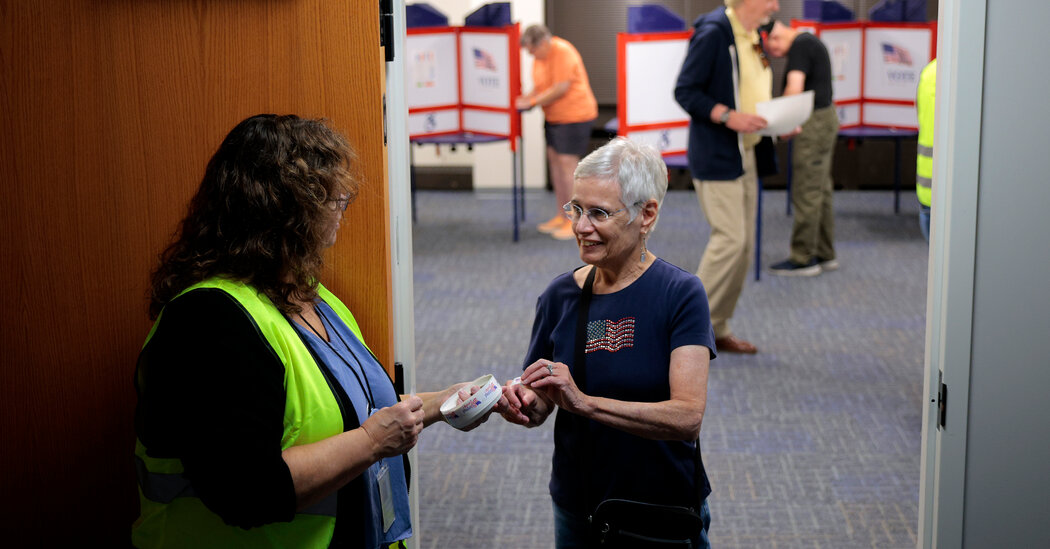The race to replace Gov. Glenn Youngkin, a term-limited Republican, could offer an early test of resistance to President Trump’s second term just beyond Washington city limits.
Virginia’s voters will also decide races for the attorney general’s office and for the State House of Delegates.
Here’s what else to know:
How to vote
Polling stations are scheduled to open at 6 a.m. and close at 7 p.m.
Voters are expected to provide a form of identification, such as a driver’s license or student ID. A list of approved forms of ID can be found here. (Voters who do not bring ID can cast provisional ballots.)
Eligible residents who are not registered to vote can register Tuesday at their polling place and cast provisional ballots.
Mail ballots must be received by elections officials by noon on Friday after the election. They can also be turned in to a voter’s local general registrar’s office until 7 p.m. Tuesday.
Where to vote
Voters can find their polling places here. They can find their local registrar’s office here.
What’s on the ballot
The marquee race is the contest to replace Governor Youngkin, who must leave office under rules barring Virginia governors from serving consecutive terms. Lt. Gov. Winsome Earle-Sears, the Republican nominee, faces former Representative Abigail Spanberger, a Democrat.
In the race for attorney general, the Republican incumbent, Jason Miyares, faces a challenge from Jay Jones, a Democratic former state lawmaker.
Voters will also choose among candidates for the House of Delegates, the State Legislature’s 100-seat lower chamber, where Democrats hold a razor-thin majority, and for lieutenant governor, a role that is largely ceremonial but carries tiebreaking powers in the State Senate.
See a sample ballot here.
The post Virginia: How to Vote, Where to Vote and What’s on the Ballot appeared first on New York Times.




